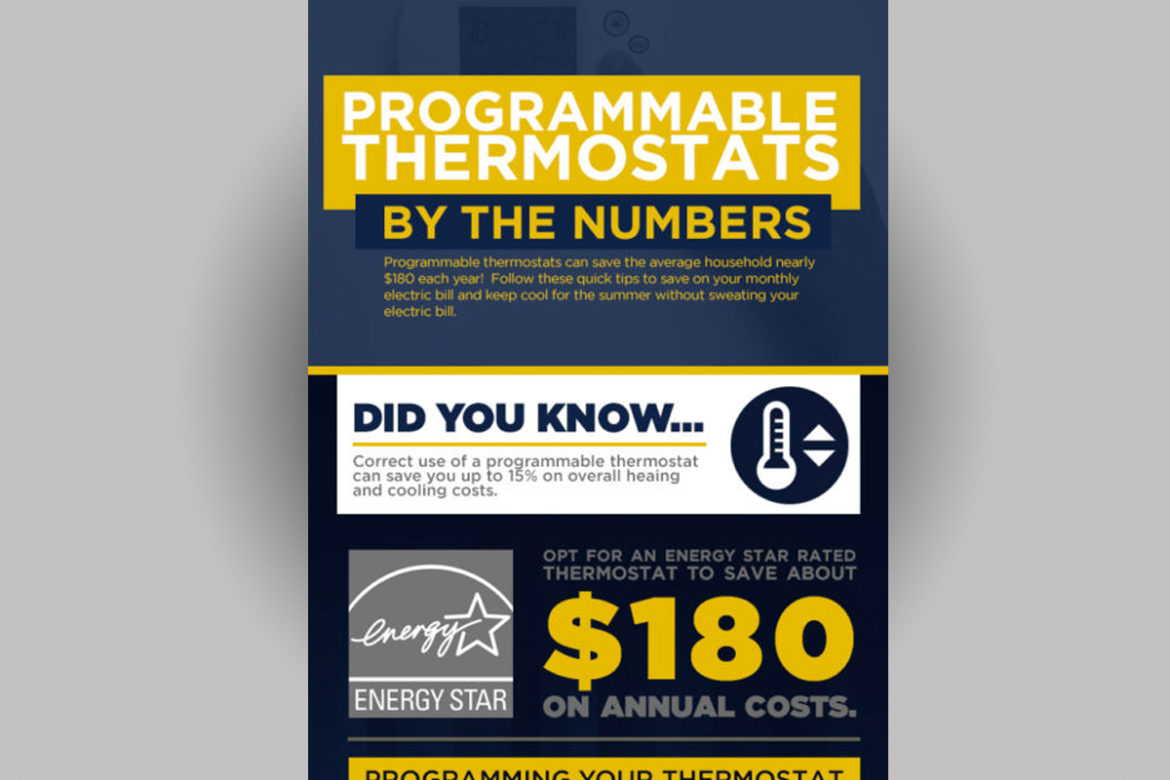The Ultimate Guide To Recognizing Warmth Pumps - Exactly How Do They Work?
The Ultimate Guide To Recognizing Warmth Pumps - Exactly How Do They Work?
Blog Article
Content Writer-Roy Hanna
The very best heatpump can conserve you considerable quantities of cash on energy costs. They can also help in reducing greenhouse gas emissions, especially if you use power instead of nonrenewable fuel sources like gas and home heating oil or electric-resistance heaters.
Heat pumps function significantly the same as air conditioners do. Recommended Reading makes them a sensible alternative to conventional electric home furnace.
Just how They Function
Heatpump cool down homes in the summertime and, with a little aid from electrical power or natural gas, they provide some of your home's home heating in the winter. They're an excellent alternative for individuals who wish to lower their use fossil fuels but aren't all set to change their existing heating system and air conditioning system.
They rely upon the physical reality that also in air that appears also cool, there's still energy present: cozy air is always moving, and it wants to relocate right into cooler, lower-pressure environments like your home.
Most ENERGY STAR accredited heatpump run at near their heating or cooling capability throughout a lot of the year, lessening on/off cycling and conserving energy. For the very best performance, concentrate on systems with a high SEER and HSPF score.
The Compressor
The heart of the heatpump is the compressor, which is likewise referred to as an air compressor. This mechanical streaming tool makes use of possible power from power development to enhance the pressure of a gas by minimizing its quantity. It is various from a pump in that it just works with gases and can not work with fluids, as pumps do.
Atmospheric air goes into the compressor with an inlet shutoff. It travels around vane-mounted arms with self-adjusting size that divide the interior of the compressor, producing multiple dental caries of differing dimension. The rotor's spin pressures these cavities to move in and out of phase with each other, pressing the air.
The compressor draws in the low-temperature, high-pressure refrigerant vapor from the evaporator and presses it right into the warm, pressurized state of a gas. This procedure is repeated as needed to supply home heating or air conditioning as required. The compressor likewise consists of a desuperheater coil that recycles the waste warm and includes superheat to the cooling agent, altering it from its liquid to vapor state.
The Evaporator
The evaporator in heat pump s does the same point as it carries out in refrigerators and air conditioners, transforming liquid cooling agent into a gaseous vapor that removes heat from the room. Heatpump systems would certainly not work without this crucial tool.
This part of the system lies inside your home or structure in an indoor air trainer, which can be either a ducted or ductless unit. It consists of an evaporator coil and the compressor that presses the low-pressure vapor from the evaporator to high pressure gas.
Heatpump absorb ambient heat from the air, and after that make use of electricity to move that warm to a home or business in home heating mode. https://www.inc.com/magazine/202203/inc-staff/inc-5000-regionals-advice-founders.html makes them a great deal much more power reliable than electrical heating units or heating systems, and due to the fact that they're using clean power from the grid (and not melting gas), they additionally generate far less emissions. That's why heatpump are such wonderful environmental choices. (In addition to a massive reason they're ending up being so prominent.).
The Thermostat.
Heat pumps are wonderful options for homes in cold environments, and you can utilize them in mix with typical duct-based systems or even go ductless. They're a great alternative to fossil fuel heating unit or conventional electrical heating systems, and they're extra lasting than oil, gas or nuclear HVAC devices.
Your thermostat is one of the most important part of your heatpump system, and it functions very differently than a traditional thermostat. All mechanical thermostats (all non-electronic ones) work by utilizing compounds that change size with boosting temperature level, like coiled bimetallic strips or the increasing wax in a cars and truck radiator valve.
These strips consist of two various sorts of metal, and they're bolted together to develop a bridge that finishes an electrical circuit attached to your heating and cooling system. As the strip obtains warmer, one side of the bridge expands faster than the other, which causes it to bend and signify that the heating system is required. When the heat pump remains in home heating mode, the reversing valve turns around the flow of refrigerant, so that the outdoors coil now works as an evaporator and the indoor cyndrical tube becomes a condenser.